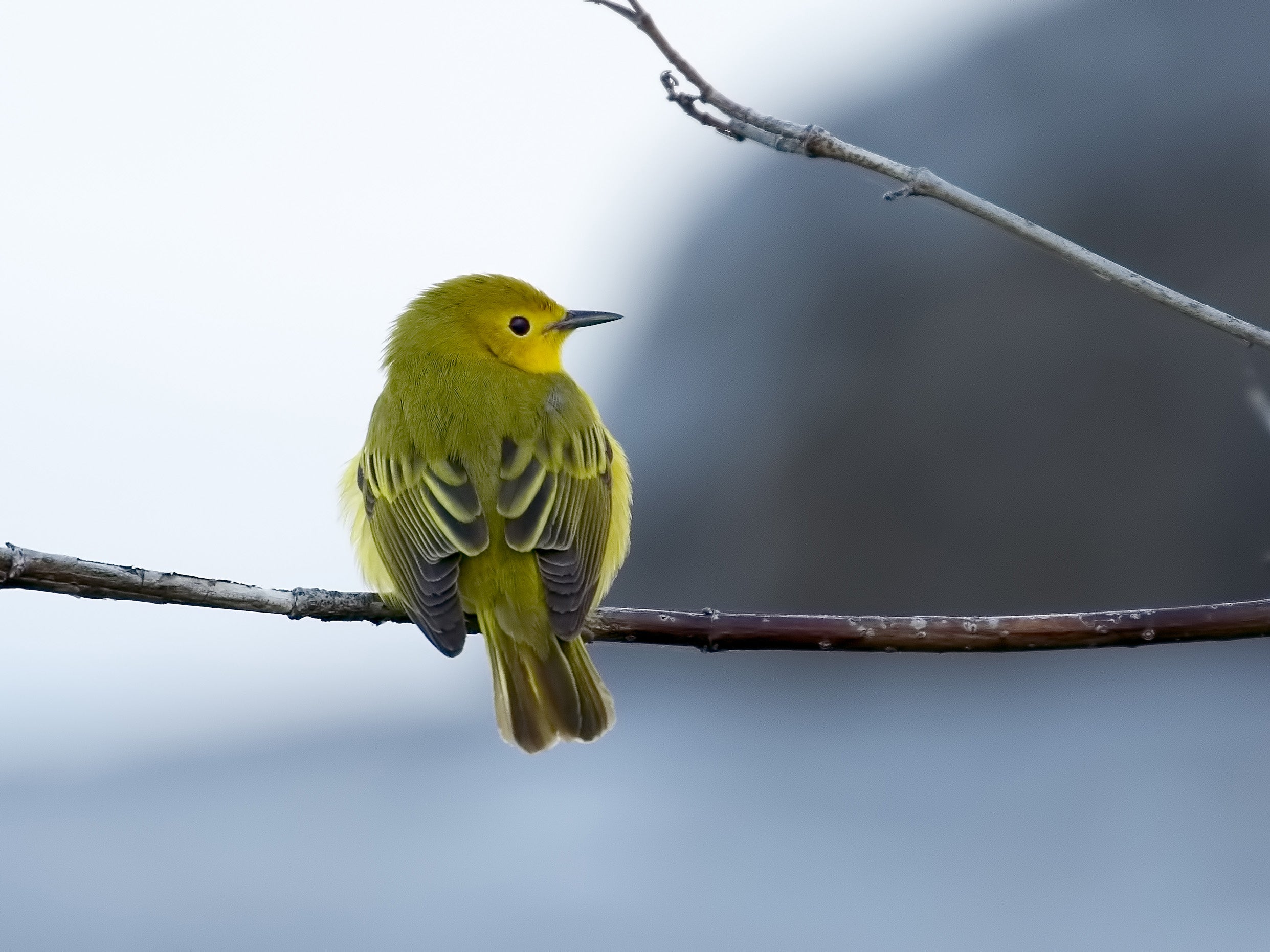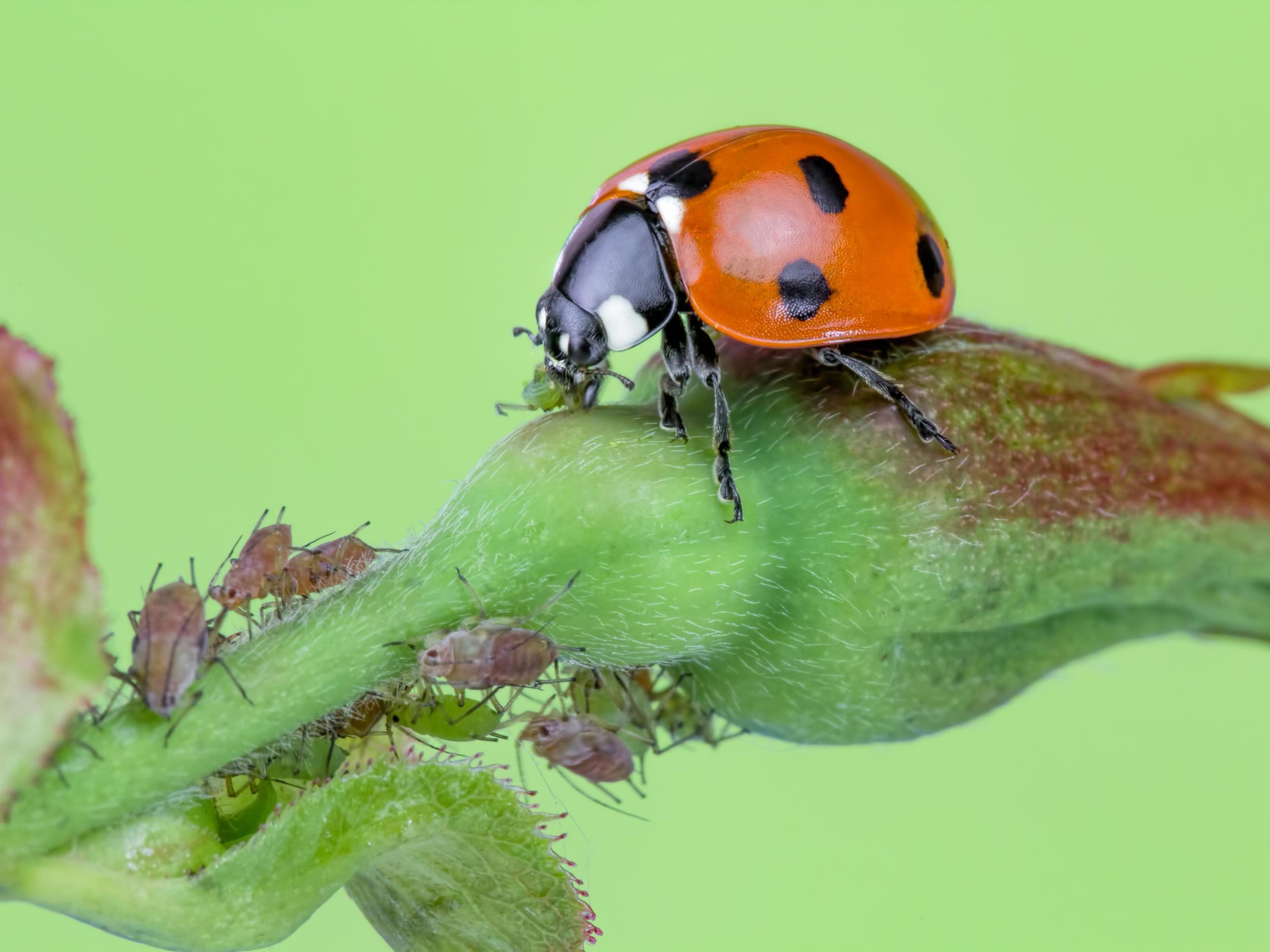Science news in brief: Ladybirds fighting for survival and a river of warblers
Plus a roundup of other stories from around the world

Your support helps us to tell the story
From reproductive rights to climate change to Big Tech, The Independent is on the ground when the story is developing. Whether it's investigating the financials of Elon Musk's pro-Trump PAC or producing our latest documentary, 'The A Word', which shines a light on the American women fighting for reproductive rights, we know how important it is to parse out the facts from the messaging.
At such a critical moment in US history, we need reporters on the ground. Your donation allows us to keep sending journalists to speak to both sides of the story.
The Independent is trusted by Americans across the entire political spectrum. And unlike many other quality news outlets, we choose not to lock Americans out of our reporting and analysis with paywalls. We believe quality journalism should be available to everyone, paid for by those who can afford it.
Your support makes all the difference.He’s got the bird
Ian Davies got hooked on birds when he was 12. He went to a site near Plymouth, Massachusetts, where volunteers were putting bands on migrating birds.
On 28 May he saw an estimated 700,000 warblers and set the birding world all atwitter with a posting on the site eBird describing the astonishing event: “Today was the greatest birding day of my life.”
“As far as we’re aware,” Mr Davies said, “it’s three times the number of warblers that anyone has ever seen at a location anywhere. It was basically a river of warblers. All heading southwest.” The previous record was 200,000.
In 14 years of dedicated birding, Mr Davies has already been to 35 countries and is a project coordinator of eBird – a citizen science project for gathering data from the worldwide community of birders, who contribute data on about 100 million sightings a year.
Stick to what you know
Scientists in Japan recently noticed that, despite their camouflage, stick insects became bird food quite frequently. They also wondered: why do their eggs look like seeds?
In a paper published recently in the journal Ecology, researchers suggest that these mostly flightless insects could sometimes benefit when they are eaten, using birds as carriers to disperse their eggs miles away, just like seeds.
As animals travel, relieving themselves along the way, the plants travel too – through their seeds. But many birds also eat insects. So the researchers reasoned that, just like the fruits, the insects could be a means for dispersal.
This mechanism could be why stick insects are found in places far from their original homes.
0.027 leagues under the sea
Some 200 to 500 feet below the ocean’s surface is the mesophotic zone, where ancient reefs once drowned, now inhabited by new corals and colourful mystery fish.
Scientists at the California Academy of Sciences and the Monterey Bay Aquarium have invented a device, which was described in a paper published recently in Frontiers in Marine Science, to safely transport the fish.
It’s basically a portable decompression chamber, protecting fish from the same damage that humans experience when we dive deep into the ocean and return too quickly to the surface.
Ladybird wars

Aphids are a familiar sight in the garden, sucking the juices out of your rose bushes. Luckily, so are ladybirds, which prey on aphids and keep them in check.
But the relationship between predator and prey is complex. Aphids may be important to the survival of some ladybird species by warding off another predator that has been feasting on them.
The multi-coloured Asian lady beetle, or Harmonia axyridis, arrived in America around 30 years ago. They gleefully devour other ladybirds’ larvae, which has led to a drop in numbers of the seven-spotted lady beetle.
But some aphids contain a substance that’s more toxic to this aggressive invader than to the other ladybirds.
As a result, researchers show in a paper in the Proceedings of the Royal Society B that these aphids may provide refuge to the other ladybird species by killing off their common enemy.
Lightning strikes more than twice...
Hungarian researchers have found that artists tend to paint lightning with fewer branches than the bursts of electricity actually have, according to a study published recently in Proceedings of the Royal Society A.
Their research points to how cultural legacies can distort our perceptions of natural phenomena, even those that we encounter with our own eyes.
Using a computer program, Gábor Horváth, head of the environmental optics laboratory at Eötvös Loránd University in Budapest, and his colleagues examined 100 paintings and 400 photographs of lightning.
They found the pictures and paintings differed mainly in the number of root-like offshoots, which occur when charged particles try to carve the path of least resistance through air.
© New York Times
Join our commenting forum
Join thought-provoking conversations, follow other Independent readers and see their replies
Comments